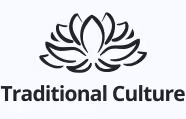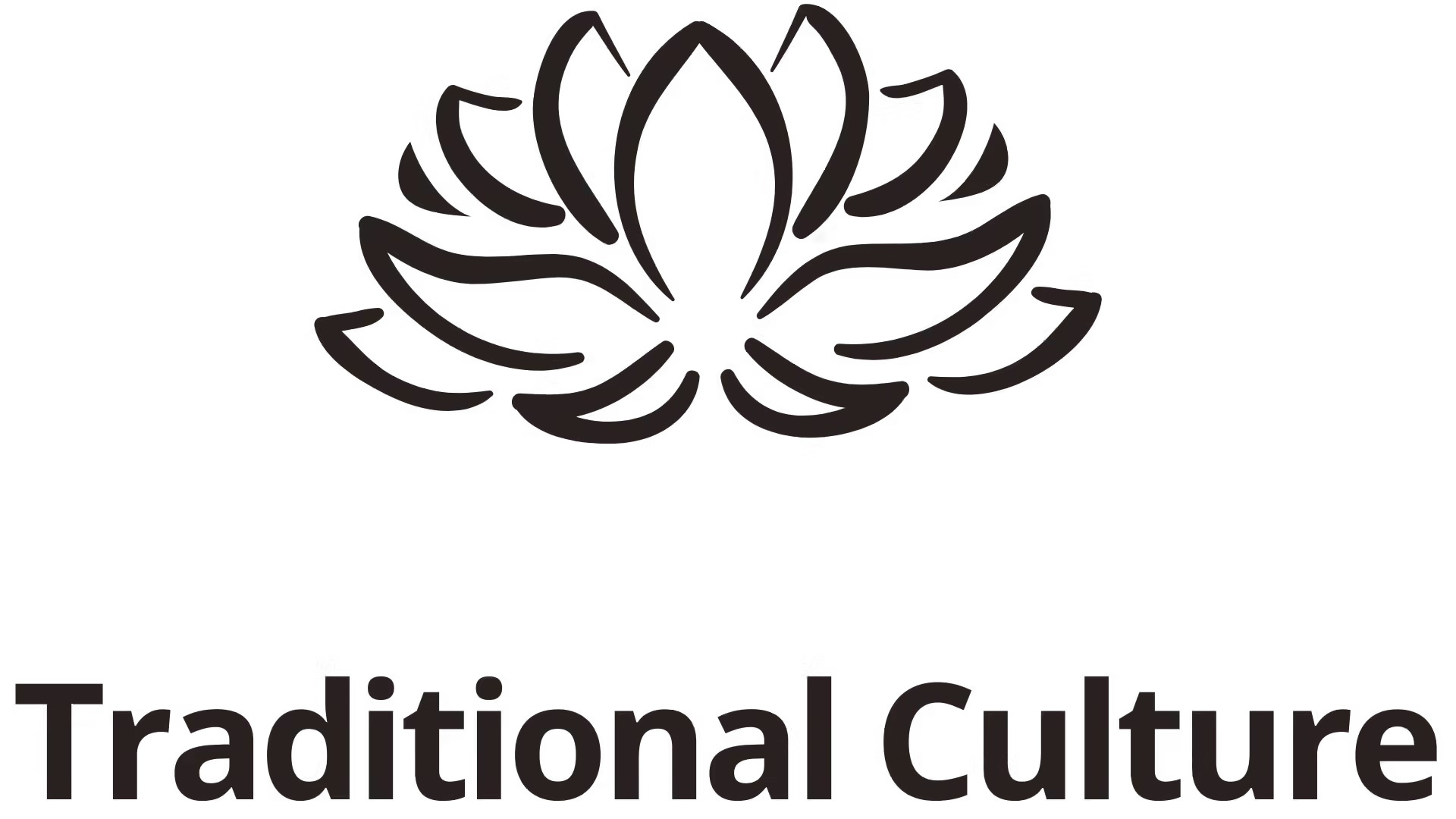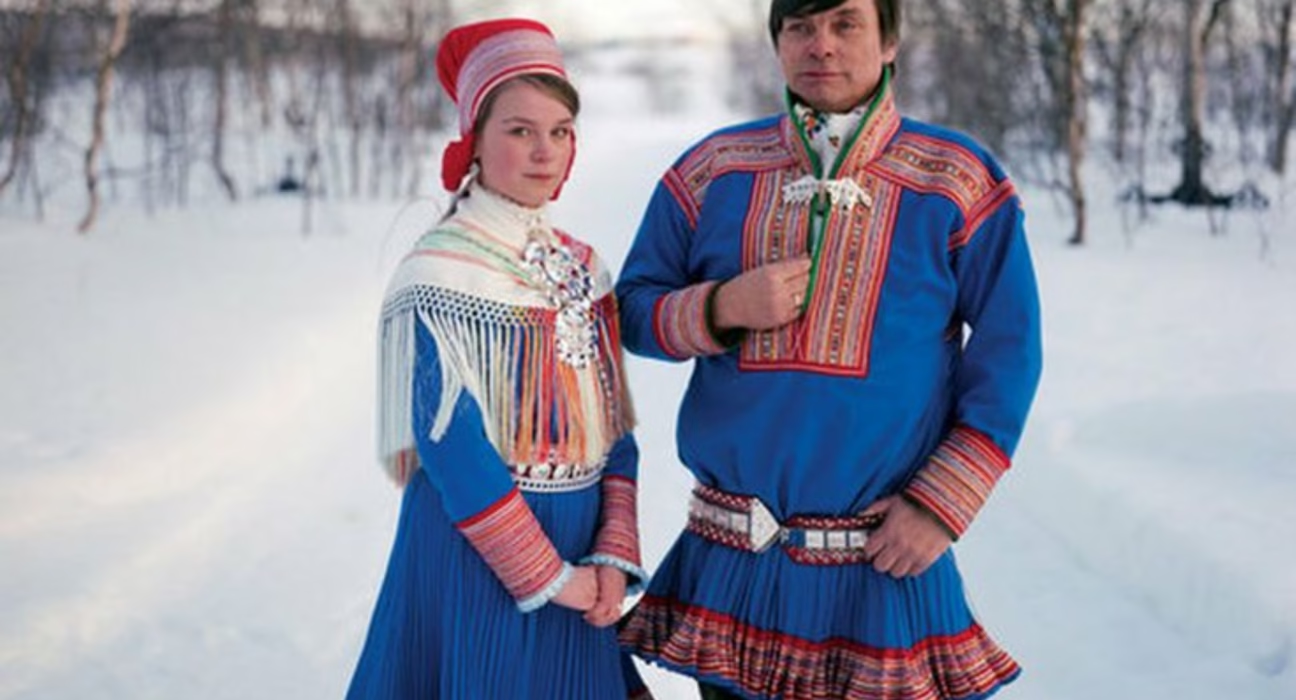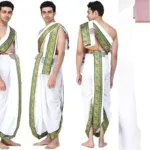Sámi Gákti is not just a traditional outfit; it represents the soul and spirit of the Sámi people, an indigenous community primarily residing in Northern Europe, particularly in Norway, Sweden, Finland, and Russia. Understanding the significance of Sámi Gákti opens a window to the rich tapestry of their culture, heritage, and identity, which is woven intricately into each thread of this beautiful garment.
The Historical Significance of Sámi Gákti

The historical roots of Sámi Gákti stretch far back into the daily lives of the Sámi people. It is essential to appreciate how this garment has evolved and endured through centuries.
Origins and Evolution
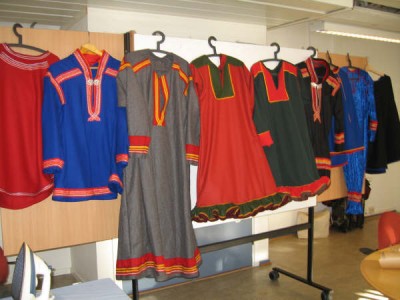
The origins of Sámi Gákti can be traced back to the nomadic lifestyle of the Sámi. For generations, the Sámi have relied on their intimate relationship with nature, and the materials used for Gákti reflect this connection. Traditionally crafted from reindeer skin, wool, and other natural fibers, this attire is designed to withstand the harsh Arctic climate.
As the world changed around them, the Sámi adapted their clothing while still holding onto the core principles that define Sámi Gákti. Modern influences began to seep into their traditional practices, leading to a blend of old and new styles. This evolution highlights the resilience of Sámi culture and its ability to integrate contemporary elements without losing sight of its historical essence.
Cultural Continuity Amidst Change
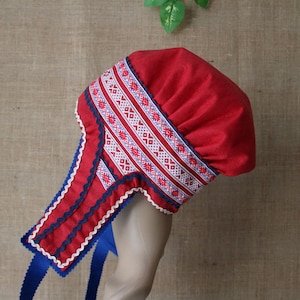
Despite the pressures of cultural dilution and modernization, Sámi Gákti serves as a powerful symbol of cultural continuity. Wearing this garment during celebrations, festivals, and significant life events affirms one’s identity as a Sámi individual. By donning the Gákti, people express their pride in their heritage and reinforce the values and traditions associated with it.
Moreover, the resurgence of interest in Sámi Gákti among younger generations signifies a shift towards reclaiming and revitalizing their cultural heritage. As young Sámi people engage in traditional crafts and learn the stories behind their garments, they contribute to a dynamic narrative that honors the past while looking towards the future.
The Role of Sámi Gákti in Community Life

In Sámi society, clothing is more than mere fabric—it’s a medium through which stories are told and identities are shaped. The Sámi Gákti plays a critical role within the community, reflecting both individual and collective identities.
Through gatherings, rituals, and communal events, the Gákti embodies the spirit of togetherness and unity among the Sámi people. This garment becomes a canvas for individuals to express their unique personal stories, emphasizing the distinct patterns, colors, and designs that characterize different Sámi groups.
Craftsmanship Behind Sámi Gákti
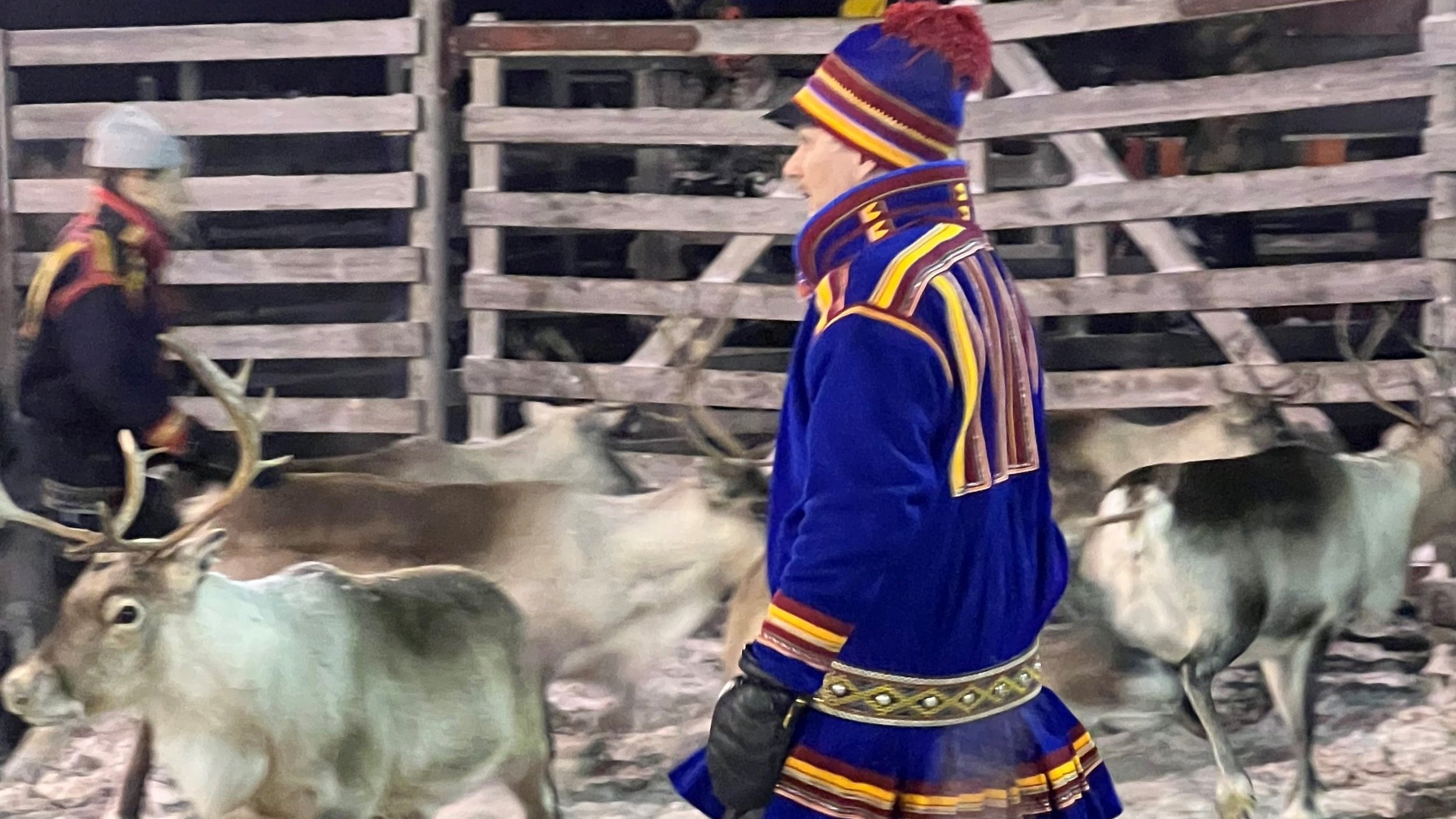
The artistry and craftsmanship involved in creating Sámi Gákti demand respect and admiration. Understanding the intricate techniques employed in making the Gákti unveils a world of creativity and devotion.
The Art of Sewing and Embroidery

Crafting a Sámi Gákti involves meticulous attention to detail. Traditional sewing techniques are passed down through generations, ensuring that the knowledge remains alive. Each stitch tells a story, representing the craftsmanship of the artisans who dedicate their time and skills to the creation of these garments.
Embroidery also plays a significant role in the design of Sámi Gákti. The vibrant colors and patterns not only showcase individual artistic flair but also hold meanings related to the wearer’s family heritage or status within the community. These beautifully embroidered designs serve as a visual language that speaks volumes about the wearer’s identity.
The Use of Natural Materials

One of the striking features of Sámi Gákti is its use of natural materials. Besides reindeer skin, which provides warmth and durability, other elements like wool and cotton are also utilized. The choice of these materials reflects a deep understanding of environmental sustainability and resourcefulness.
Incorporating natural dyes derived from plants and minerals adds another layer of beauty and authenticity to the Gákti. This connection to nature resonates with the Sámi philosophy of living in harmony with the environment, further enhancing the garment’s cultural significance.
Contemporary Innovations in Design

While Sámi Gákti retains its traditional roots, contemporary artisans are exploring innovative interpretations of this classic garment. By experimenting with modern fabrics and techniques, they breathe new life into the Gákti while respecting its heritage.
This fusion of tradition and modernity not only attracts a broader audience but also ensures that Sámi culture remains relevant in today’s fast-paced world. As these creative endeavors gain popularity, they promote awareness and appreciation for Sámi craftsmanship and its enduring legacy.
The Symbolism Embedded in Sámi Gákti
Every aspect of Sámi Gákti is steeped in symbolism, serving as a reflection of the wearer’s identity and cultural beliefs.
Colors and Patterns: A Language of Their Own
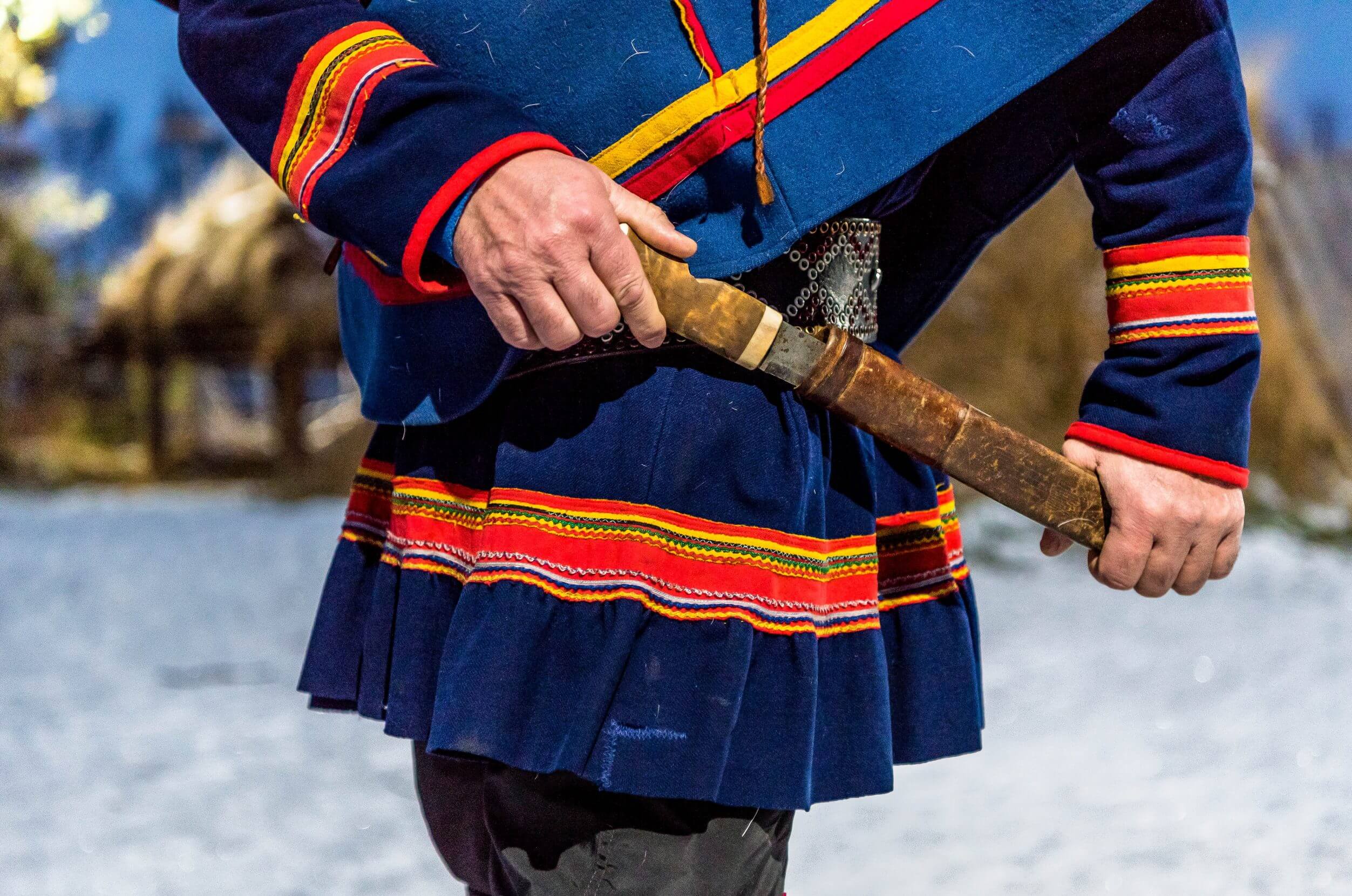
Each color and pattern used in Sámi Gákti carries specific meanings and connotations. For instance, bright reds and blues often symbolize vitality and strength, while earthy tones may signify a connection to the land. When combined, these colors create a visual representation of the Sámi worldview.
The patterns found on Gákti are equally significant. They often tell stories of the wearer’s lineage, clan, or region, allowing members of the community to identify one another through their clothing. This visual storytelling reinforces the bonds between individuals and their shared heritage.
The Connection to Nature

At the heart of Sámi culture lies an intrinsic connection to nature, and this relationship is encapsulated in the design and usage of Gákti. Many elements of the garment reflect the Sámi people’s reliance on the land and its resources. For instance, the motifs may depict animals, landscapes, or seasonal changes, highlighting the profound respect they hold for nature.
By wearing Sámi Gákti, individuals embody this connection, reminding themselves and others of their responsibility to protect and preserve the environment. In a world grappling with ecological challenges, this reminder takes on renewed importance.
The Gákti as a Marker of Identity

Sámi Gákti transcends mere fashion; it serves as a vital marker of identity. For those belonging to the Sámi community, wearing the Gákti is an assertion of their cultural heritage. It is a way to challenge misconceptions and stereotypes surrounding their existence while celebrating their uniqueness.
In spaces where Sámi people face marginalization, the Gákti becomes a powerful tool of resistance. Donning this traditional attire signals pride and resilience, actively reshaping narratives around Sámi identity in contemporary society.
Celebrating Sámi Gákti in Modern Society
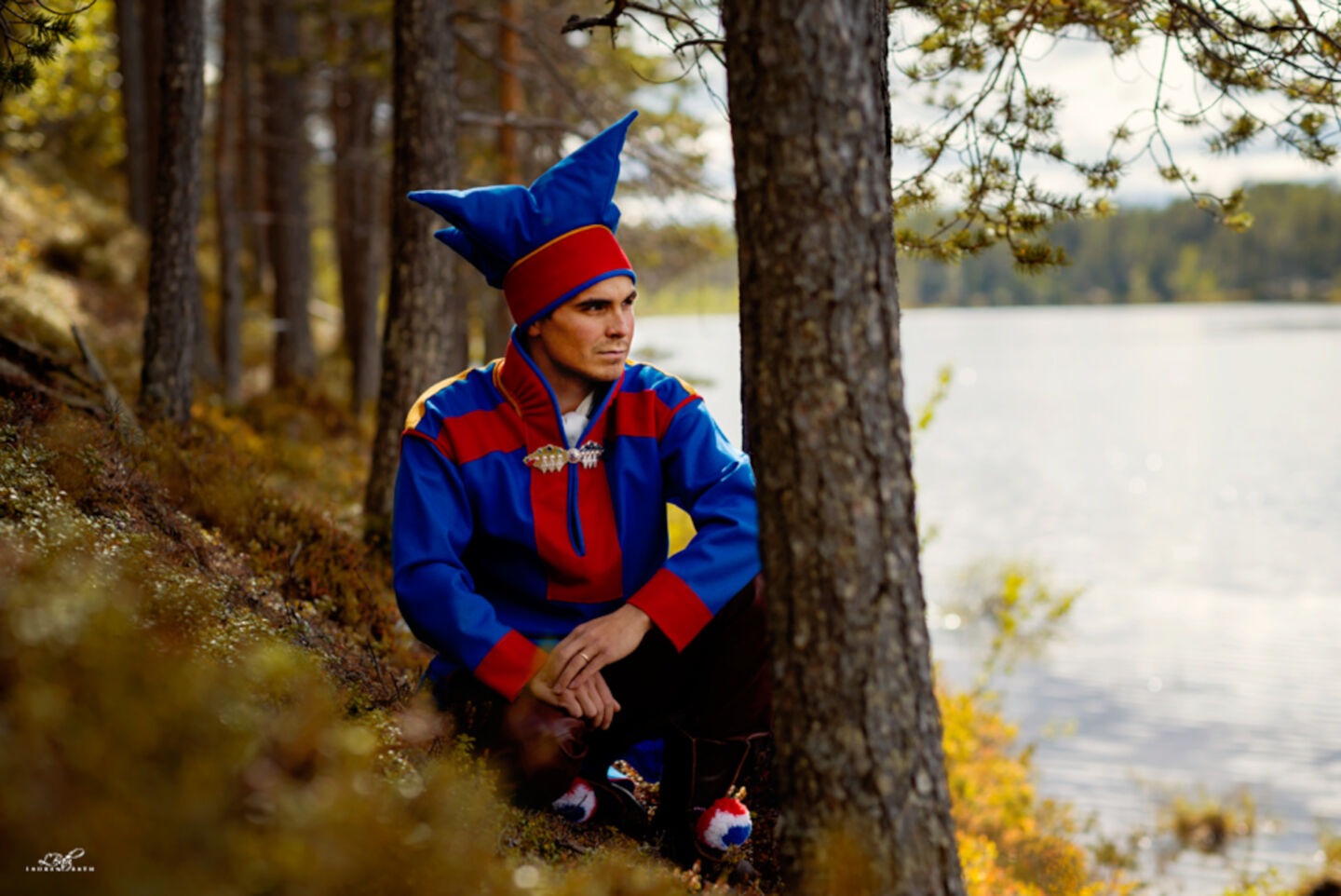
In recent years, there has been a revival of interest in Sámi Gákti, with many recognizing its value beyond traditional contexts. This resurgence reflects a growing appreciation for indigenous cultures and their contributions to global diversity.
Events and Festivals: Showcasing Sámi Heritage

Various cultural events and festivals celebrate Sámi heritage, providing opportunities for individuals to showcase their Gákti. These gatherings create a sense of belonging and solidarity, fostering connections among Sámi people from diverse backgrounds.
During such occasions, performers often incorporate traditional music, dance, and storytelling alongside displays of Sámi Gákti. This holistic approach not only brings the garments to life but also emphasizes the interconnectivity of culture, art, and identity.
Educational Initiatives and Awareness

Educational initiatives aimed at promoting Sámi culture have gained traction in recent years. Schools and institutions offer programs focused on teaching students about Sámi history, language, and traditional practices. By incorporating Sámi Gákti into these curricula, they highlight the importance of cultural preservation.
Furthermore, collaborative projects with Sámi artists and designers encourage cross-cultural exchanges, allowing individuals outside the community to engage with Sámi traditions respectfully. This integration fosters dialogue, dispelling myths, and building bridges between cultures.
Digital Platforms and Global Reach

The digital age has opened new avenues for promoting Sámi Gákti on a global scale. Social media platforms provide Sámi individuals with the opportunity to share their stories, experiences, and journeys through the lens of their Gákti.
Online marketplaces enable artisans to reach wider audiences, empowering them economically while preserving traditional craftsmanship. This global visibility not only celebrates Sámi culture but also inspires a new generation of individuals to engage with and appreciate indigenous practices.
Conclusion
.jpg)
The journey of Sámi Gákti is a testament to the resilience of the Sámi people and their unwavering commitment to preserving their cultural identity. Beyond being a garment, the Gákti encapsulates centuries of history, stories, and values that continue to inspire and shape the lives of contemporary Sámi individuals.
In a world that often prioritizes commercialization and uniformity, the Sámi Gákti stands as a beacon of cultural pride and authenticity. By celebrating its significance, we honor the richness of indigenous cultures and contribute to a more inclusive and diverse world.
As we move forward, let us recognize the importance of Sámi Gákti as not just a piece of clothing but a vital element of cultural expression, identity, and heritage that deserves to be cherished and respected across generations.
✉️ Stay Connected — Subscribe for Weekly Updates
Discover timeless stories, practical wisdom, and beautiful culture — delivered straight to your inbox.
*We only share valuable insights — no spam, ever.

